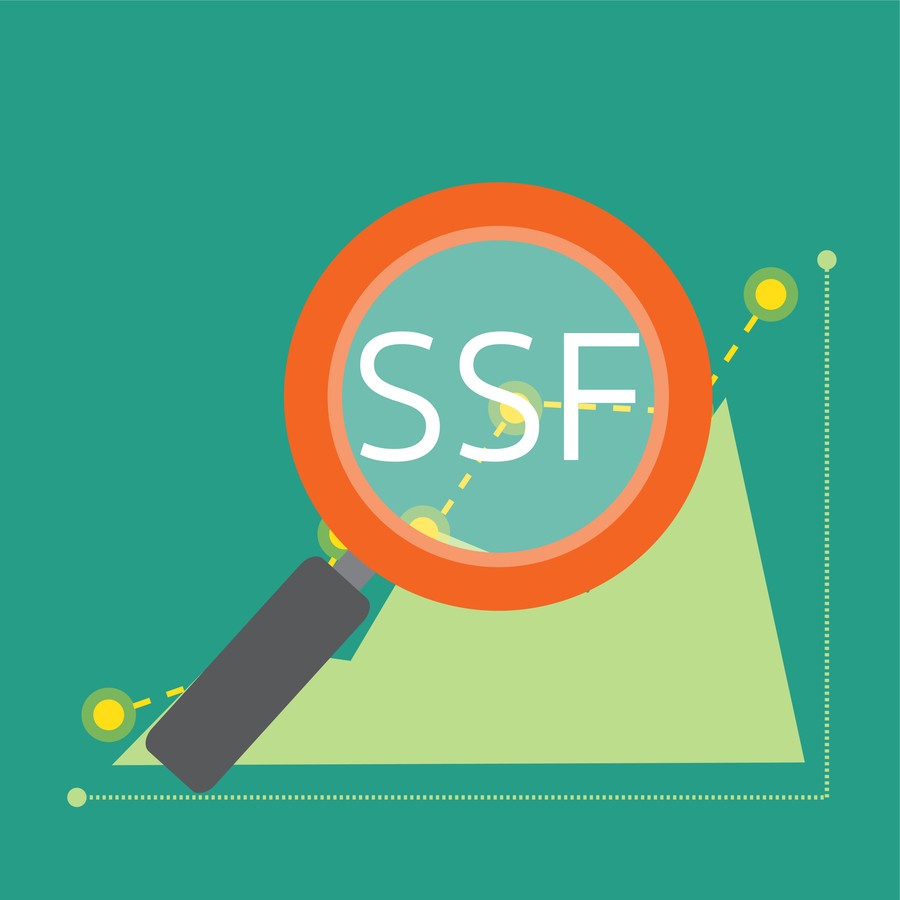I WANT
RELATED LINKS
I WANT
RELATED LINKS
RELATES LINKS
I WANT
RELATES LINKS
Services
Related Links

คำค้นหาที่แนะนำ
ผลการค้นหา "{{keyword}}" ไม่ปรากฎแต่อย่างใด
ข้อแนะนำในการค้นหา
- ตรวจสอบความถูกต้องของข้อความ
- ตรวจสอบภาษาที่ใช้ในการพิมพ์
- เปลี่ยนคำใหม่ กรณีไม่พบผลการค้นหา
Use and Management of Cookies
We use cookies and other similar technologies on our website to enhance your browsing experience. For more information, please visit our Cookies Notice.
- Personal Banking
- Stories & Tips
- Salary Man
- Comparison of SSF vs RMF, which fund is worth buying, based on age range
- Personal Banking
- ...
- Comparison of SSF vs RMF, which fund is worth buying, based on age range
Comparison of SSF vs RMF, which fund is worth buying, based on age range
06-05-2020
Thai people's retirement savings are still at a low level. And the structure of the country that enters the aging society May lead to risks of the Thai economy in the future. Enough savings and finding suitable returns from savings through investments are therefore important. And it is the reason for adjusting investment criteria in RMF and launching SSF as an alternative to long-term saving and investing for retirement.

Comparison between SSF and RMF
Investment conditions | Super Saving Fund, SSF | Retirement Mutual Fund, RMF |
Credit limit granted with reduced privileges | 30% of the assessable income Deduction up to 200,000 baht | 30% of the assessable income Not exceeding 500,000 baht |
Conditions for credit limit reduction | Including RMF, SSF, PVD, GPF, pension insurance not over 500,000 baht | |
Holding period | 10 years from the date of purchase | 5 years from the date of first purchase Not less than 55 years of age on the sale date |
Year of exercising tax deduction rights | Must buy between 2020 - 2024 | Can invest continuously There is no requirement for investment end. |
Investment securities | Can invest in all securities | Can invest in all securities |
Minimum purchase amount | No / No need to buy continuously every year | None / must buy continuously every year (Formerly buying a minimum of 3% of income or not less than 5,000 baht) |
Between "SSF Fund" and "RMF Fund", which fund to choose?
At this point, many people have a question in mind which type of fund should be chosen between SSF and RMF because both funds use the same tax deduction, not more than 500,000 baht. (And must include other retirement savings such as provident funds and pension insurance), so we must consider the investment options that best suit us
1. Consider your investment needs the first
And what are your investment objectives? But if focusing on long-term savings of about 10 years, SSF will be more responsive.
2. Considering age and investment period
for example, if you are under 45 years of age, choosing to invest in an SSF will take a shorter time to invest. Because it was set at 10 years For example, if you start to buy a fund at the age of 35, you can redeem the investment units at the age of 45 to receive tax benefits. But if you choose to invest in RMFs, you will be able to redeem the units at the age of 55, which will see that it will take longer to invest.
On the other hand, if you are 50 years old, choosing to invest in an RMF will require a shorter investment period. Because you will be able to redeem units at the age of 55. It takes only 5 years to invest. If you choose to invest in an SSF, it takes 10 years to make it possible to sell back at the age of 60.

3. Consider the risk and investment policy of the fund.
Because each fund has different investment policies in assets and each asset type has a lot of different risks as well. If you can accept low risks may choose funds that distribute investments to low-risk assets such as a high proportion of bonds. But if the risk is high, you may consider a fund that invests in higher-risk assets such as gold stocks. The important thing is to regularly review the investment portfolios. Because when the age changes, the financial situation changes your ability to take risks may change accordingly.
4. Considering the difficulty in finding information in investment.
Must not forget that RMF has opened a fund for a long time. And has a variety of investments makes it easier to find investment information. We can compare the investment of each asset more easily and conveniently when compared to the SSF, which is newly opened. Therefore, if you already have the goal of investing in retirement (Even if you are under 45 now). Investing in RMF is probably better for your retirement goals. In addition, the tenure of SSFs at 10 years seems to belong. But from past investment statistics the longer the investment, the higher the average return. And can help reduce fluctuations from investments.
In summary, the appropriate investment diversification Not too much and not too little and according to the ability to accept the risks of investors Is also an important factor for successful long-term investment. In addition, there are many factors that we cannot control. What we control is the only discipline. And regularly reviewing investment portfolios. Therefore, we should focus on the things that we can control better.
Nipapun Poonsateansup CFP®, ACC
Independent financial planners, writers and speakers